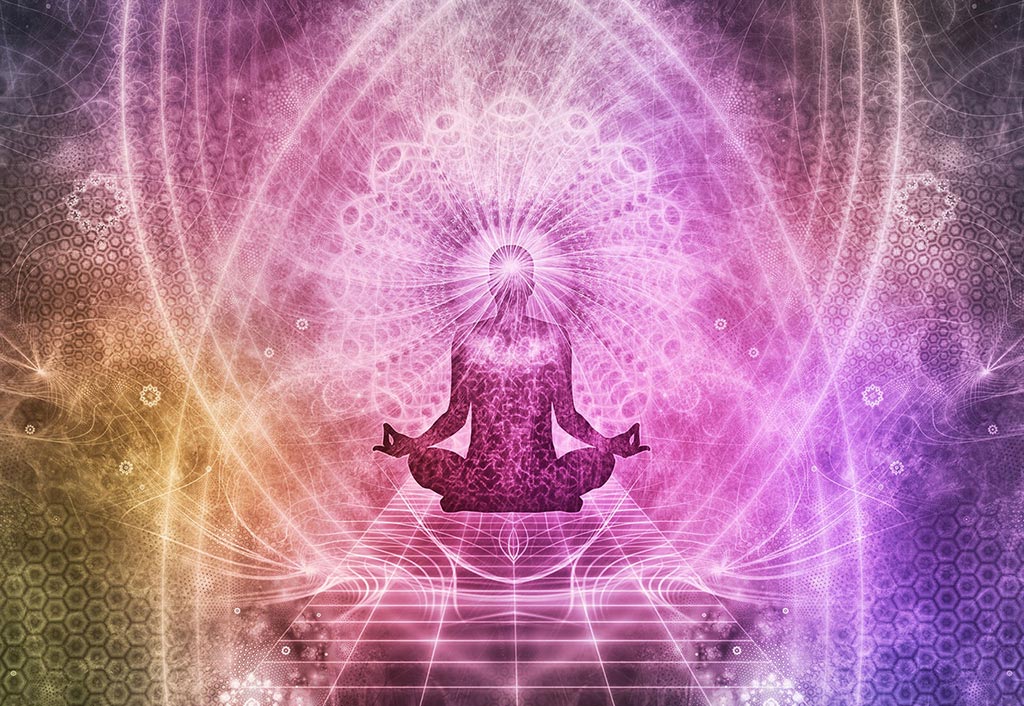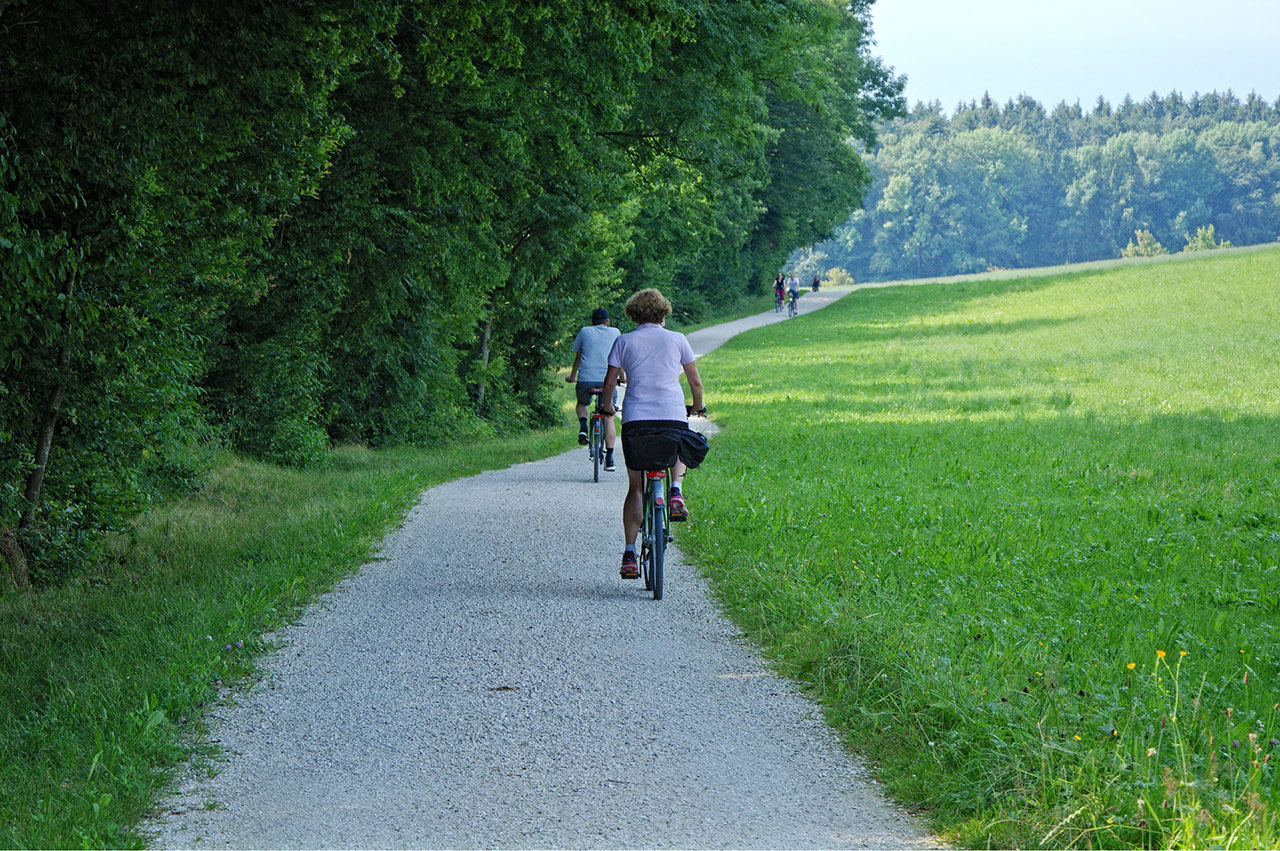Recovering, Balancing and Relaxing: Relaxation and Exercise
Back to: Helpers Care for Themselves
Stress experts unanimously express two recommendations for reducing the stress level and avoiding overexploitation. The two parts of the magic formula are relaxation and movement.
Relaxation
As we explained before a healthy and beneficial lifestyle should include periods of work and of recovery, of tension and relaxation. Permanent tension as well has negative consequences as an inactive and too relaxed life. Many of us – and you as a volunteer in the field of integration are no exception – have to cope with many demands. Job, family, your own interests, your voluntary engagement … sometimes it is just too much, and we have to counteract overstrain and permanent tension. As mentioned before you can do a lot for your recovery – knowing and respecting your feelings and needs, caring for a healthy balance, feeding your soul. But also relaxation is an essential part of recreation.
Active relaxation techniques, e.g. meditation, yoga, Progressive Muscle Relaxation (PMR) by Jacobson, guided imagery or breathing exercises; find a short overview here1. All the methods aim at reducing the overall stress level and easing stress symptoms.
Mindfulness: It means to be fully present and aware of the present moment without valuing what is happening. Mindfulness meditation helps to get a distance to your thoughts that usually are directed to the past or future. Find a short introduction here2. All the relaxation methods have immediate positive effects on the state of your body and mind, but for achieving a long-term stress reduction and relaxation it is essential to practice them for a longer period and regularly. You don’t have to invest plenty of time: 15 minutes a day are more effective than practicing for two hours every now and then.
Sport and Exercise
Physicians, psychologists and stress experts are sure that regular sport and exercise do a lot for reducing the stress level and for maintaining physical and mental health. Maybe you say: I have too many things to do, there is no time for sportive activities. But it is not necessary to run marathons or to climb the highest mountains. Moderate and regular movement is enough to keep a balance and to experience the positive effects of physical activity on body and mind. Not only regular exercise can prevent and even cure illnesses, it also lifts the general mood, creates mental balance, increases self-confidence and prevents depression.
- More activity in everyday life
You don’t have to become a sporting ace. Every little thing that keeps you active has positive effects. You can take the stairs instead of the lift, run your errands by bicycle instead of taking the car or get off the subway two stops earlier and walk the rest of the way… if you change small things you can achieve major effects. - Regular exercise
Additionally experts recommend to do regular exercise twice or three times a week. You should choose kinds of sport that you like and enjoy. If you are not the running type you can go hiking or cycling. If you like to exercise on your own you can go to the gym or swimming. Tennis or badminton additionally have a playful and competitive character. Team sport such as football, hockey or basketball in addition provide social contacts and fun in the group.Just ask yourself which kind of exercise you would like to do, and try it.
Footnotes
- Harvard Health Publishing. Six Relaxation Techniques to Reduce Stress. https://www.health.harvard.edu/mind-and-mood/six-relaxation-techniques-to-reduce-stress
- mindful. healthy mind, healthy life. https://www.mindful.org/meditation/mindfulness-getting-started/

